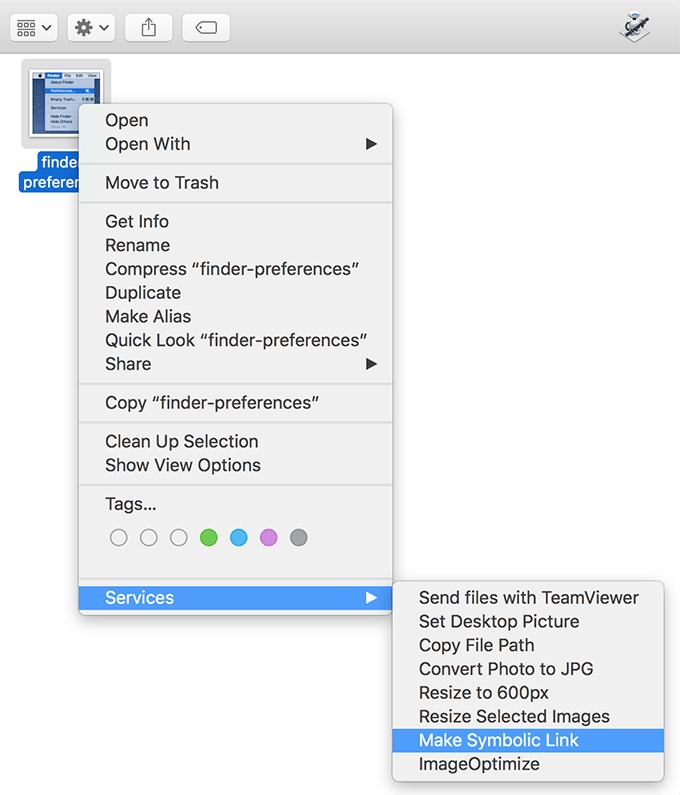

- Symboliclinker mac how to#
- Symboliclinker mac mac os#
- Symboliclinker mac install#
- Symboliclinker mac software#
- Symboliclinker mac windows#
Some applications install their own, like Toast or StickyBrain.
Symboliclinker mac mac os#
Before performing the removal, let’s get to know more about Mac OS X, so that we will be able to safely, completely remove SymbolicLinker 2.0v3.

Symboliclinker mac how to#
(Okay, he didn't click his heels together, but he jumped out of his chair). Symboliclinker For Mac > How to Remove SymbolicLinker 2.0v3 in Mac OS X This article is teaching you how to correctly remove SymbolicLinker 2.0v3 in Mac OS X. One of them actually jumped in the air and clicked his heels together when I showed him FileCutter.
Symboliclinker mac windows#
I know a lot of Windows guys who are pissed that Mac OS X doesn't use the same "cut and paste" paradigm they are used to from years of Windows use.
I've used the same trick for the excessive support files installed by the Macromedia suite.įileCutter brings a much-desired Windows feature to Mac OS X-cut and paste.
Symboliclinker mac software#
But because the symlink exists (but points to a different location), the software just follows the link. The old CM plugin for macOS 10.5 and earlier users has been removed. For instance, Microsoft Office 2004 likes to install 80MB of fonts for each user but I don't want dozens of user profiles each with 80MB of fonts on my workstations, so I've used symlinks to "trick" the program into thinking that each profile has the fonts installed but the actual fonts are located in a shared folder space. SymbolicLinker is now compatible with macOS 10.12 (Sierra). I've found this very useful in building lab and classroom images where my workstations have much of their shared data as symlinks to other locations in the filesystem. SymbolicLinker is a contextual menu item that lets you build symlink to an item in the Finder. OnM圜ommand lets you execute a string of selected text in the Terminal. This is faster than having to wait for the "Open With" application list to generate, which is useful if you have a lot of applications installed on your system. So, for instance, if you want to open a JPEG file with Photoshop instead of Preview (often the OS's default), you can put a link to Photoshop in your FinderPop contextual menu list and then right-clicking on the file in question will give you a quick list of applications at the top-most menu. Here are some of my favorite Contextual Menu items/applications:įinderPop gives you the ability to have quickly-accessible links to applications or folders at the top of your contextual menu. Contextual menu items are those little programs or accessories that can be installed in /Library/Contextual Menu Items or ~/Library/Contextual Menu Items to extend the capabilities of your operating system by providing a quick way to launch a tool based on some selected text for a selected item in the Finder. For those who aren***8217 t a fan of creating Symbolic Links in the command line, here***8217 s a handy little OSX ***8216 service’ that you can install and run from the Finder through the RMB contextual pop-up menu.One of the least-used but quite powerful tools in Mac OS X is the ability to run contextual menu plug-ins. Its not as flexible as being able to create shortcuts and putting them where and to what you want, but it works and its better than the alternative.Įxcellent tip chipt03. So now when I click “Document” in lightbox, it works and will take me to the folder on my external drive.


 0 kommentar(er)
0 kommentar(er)
